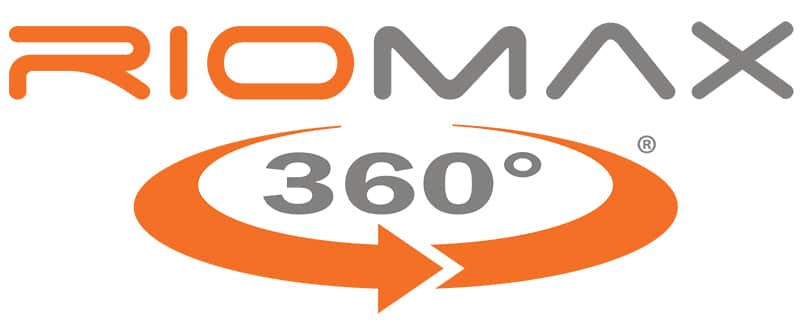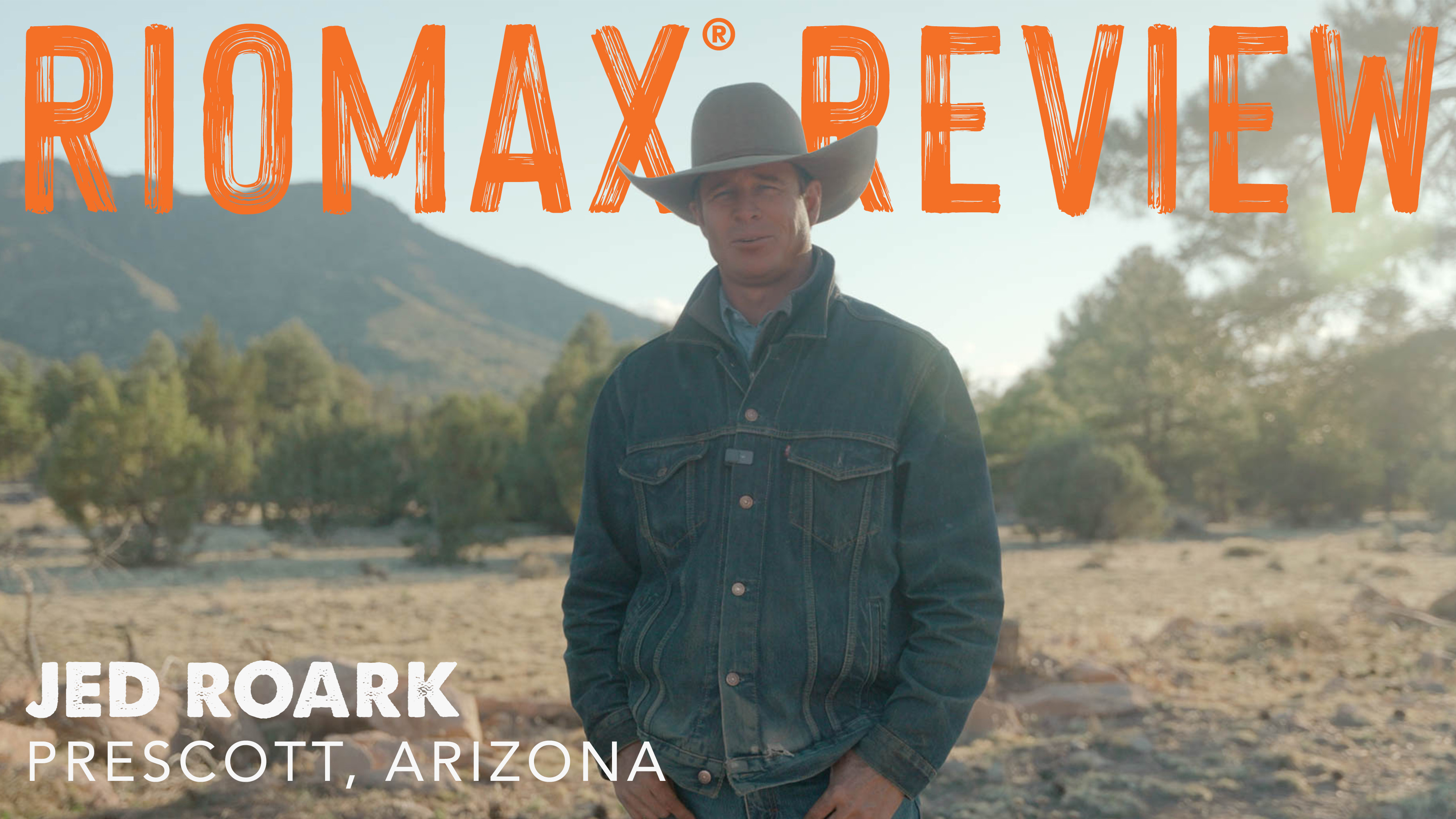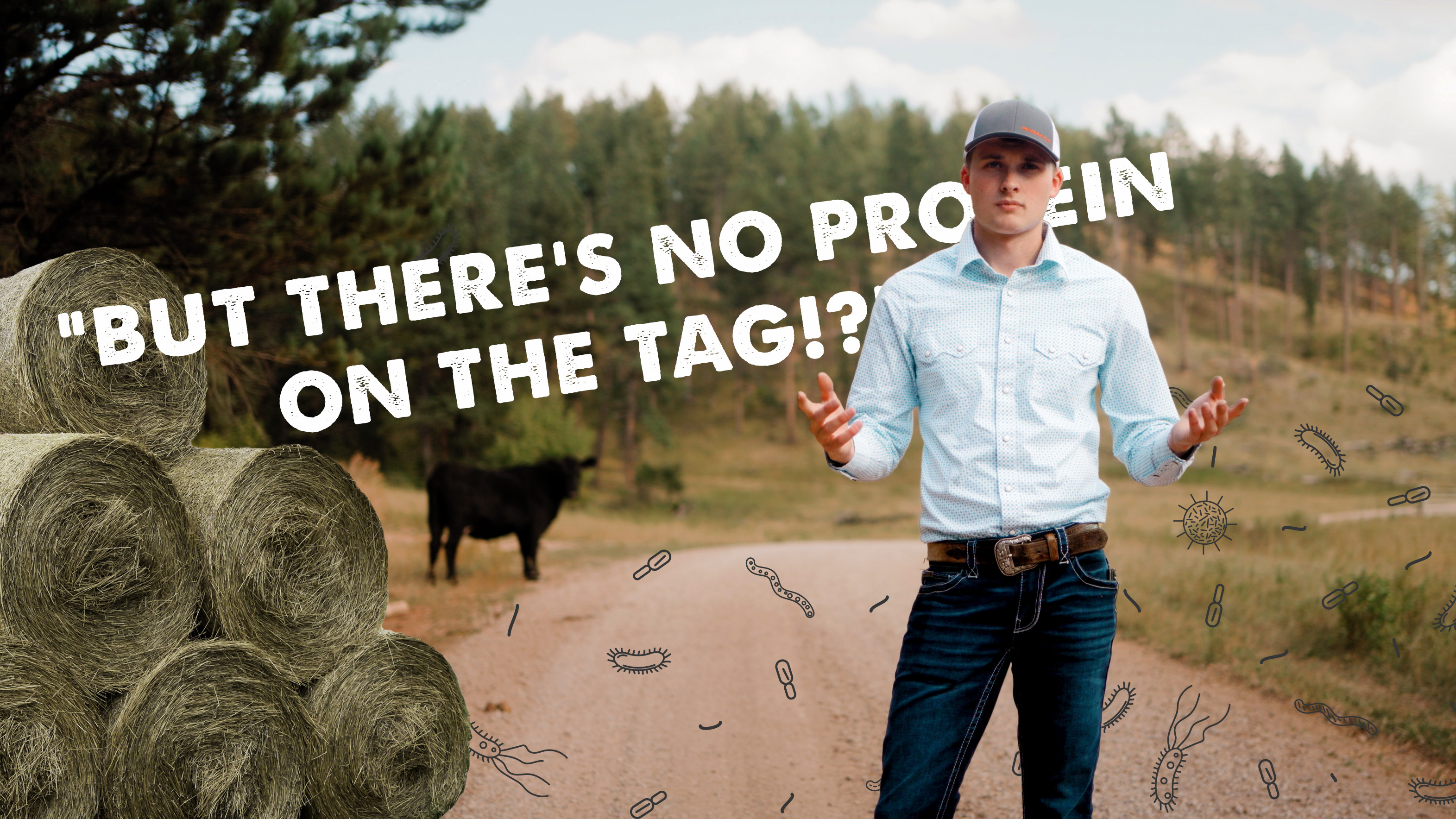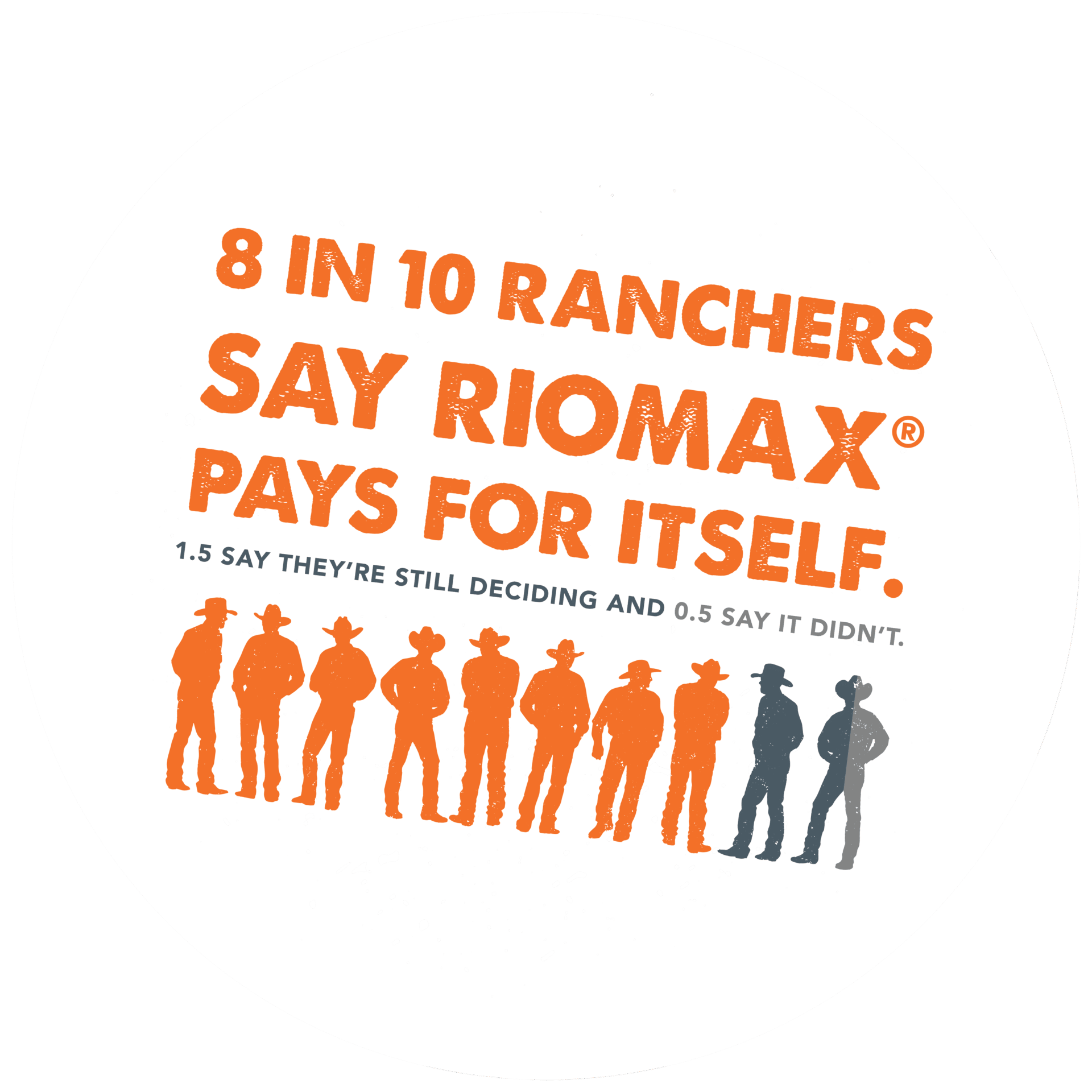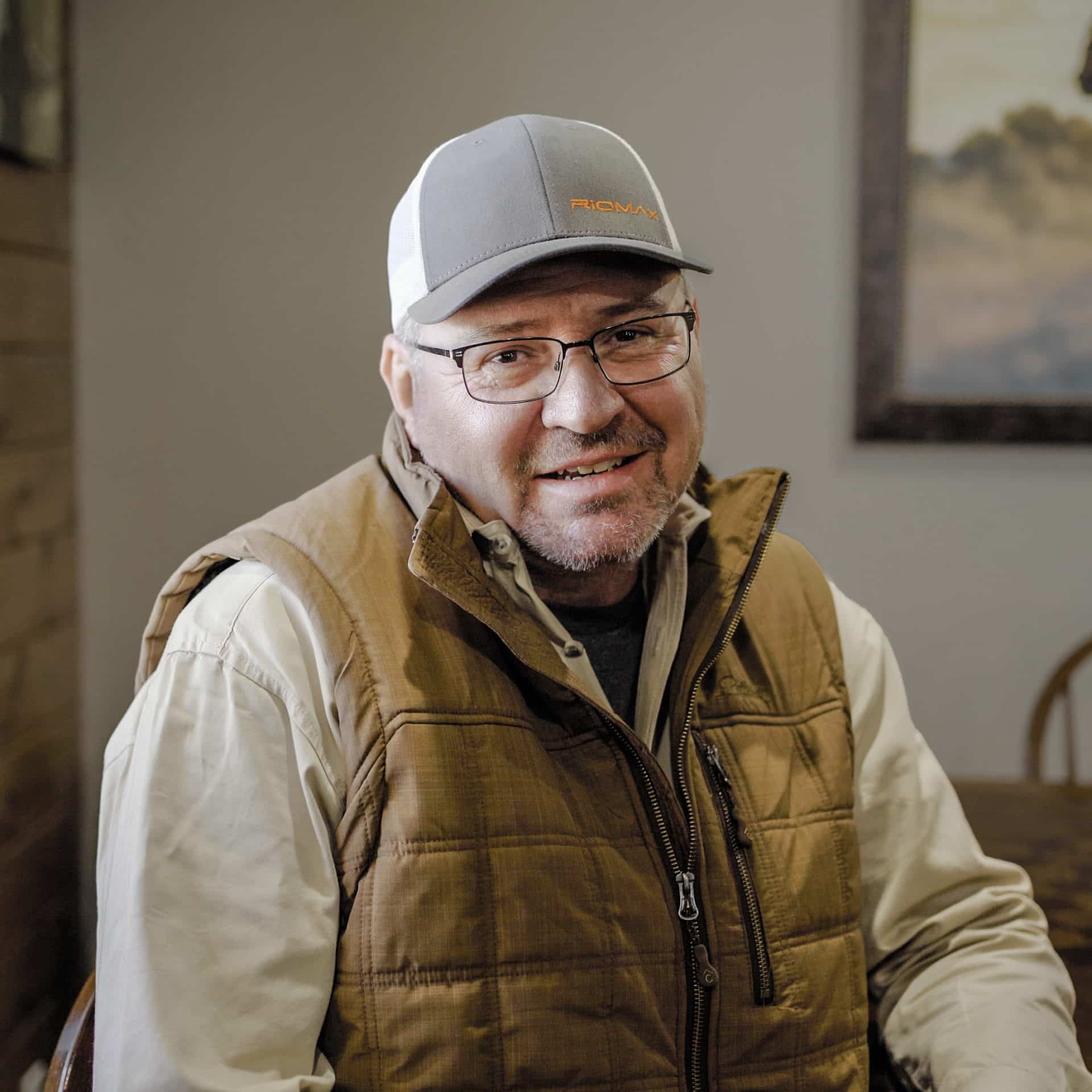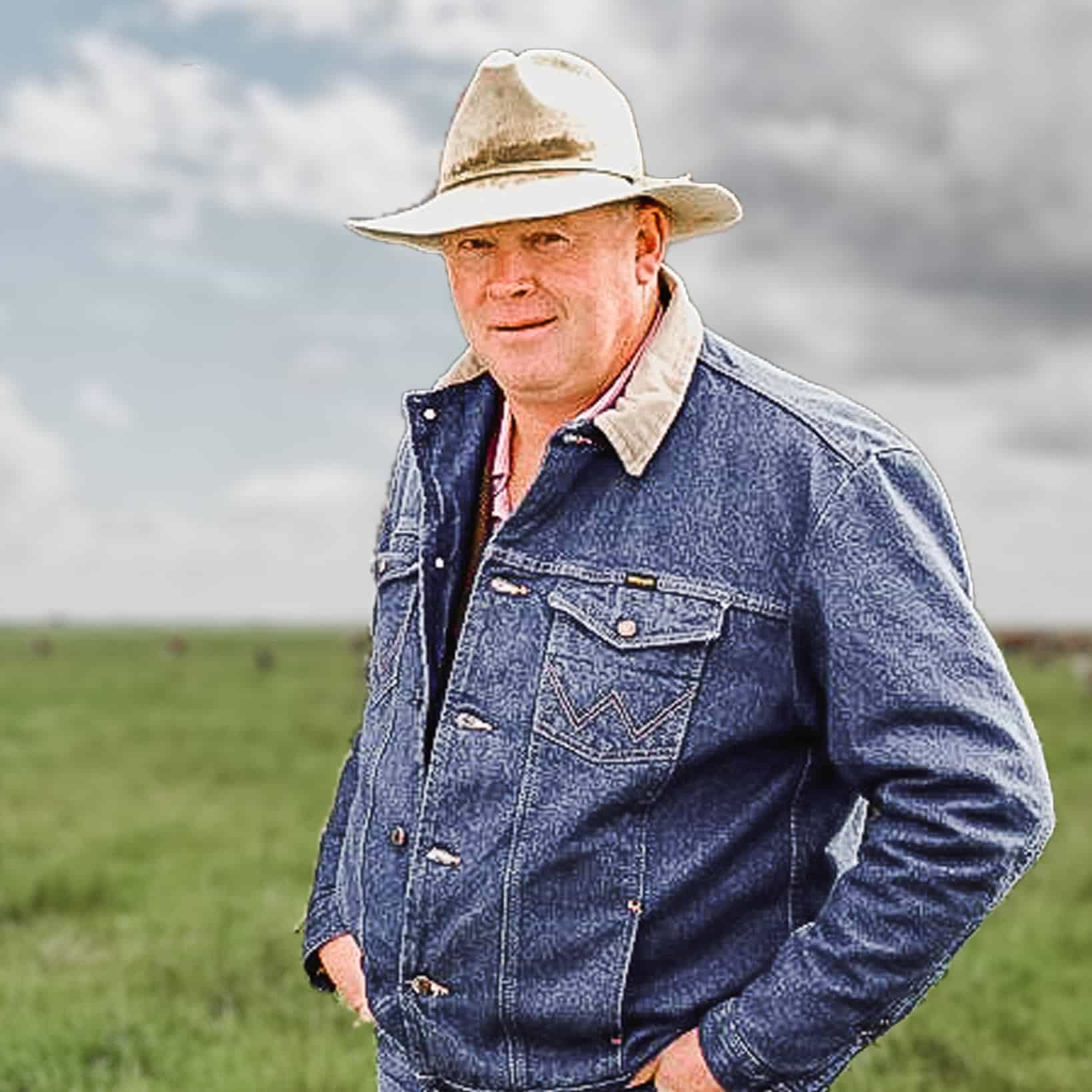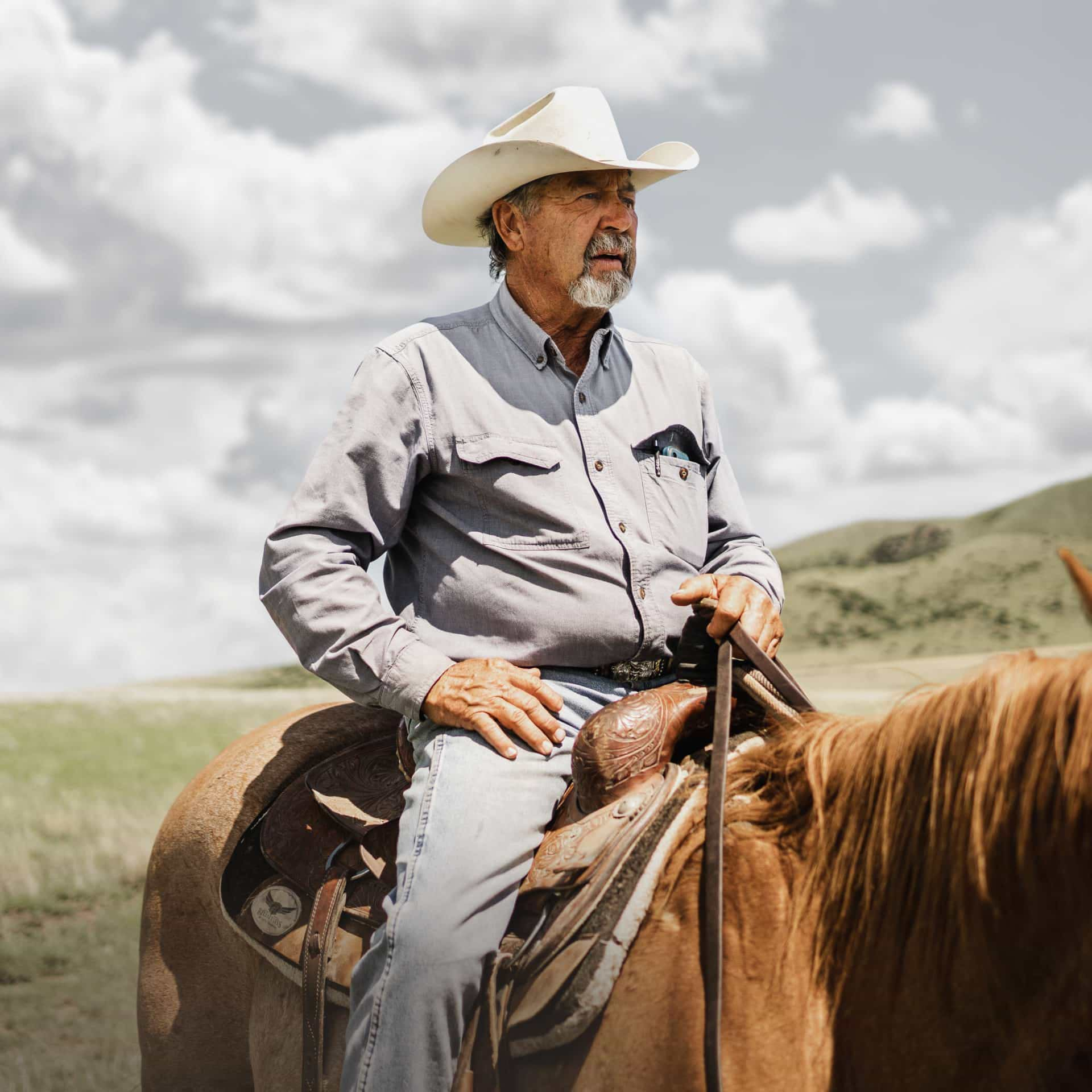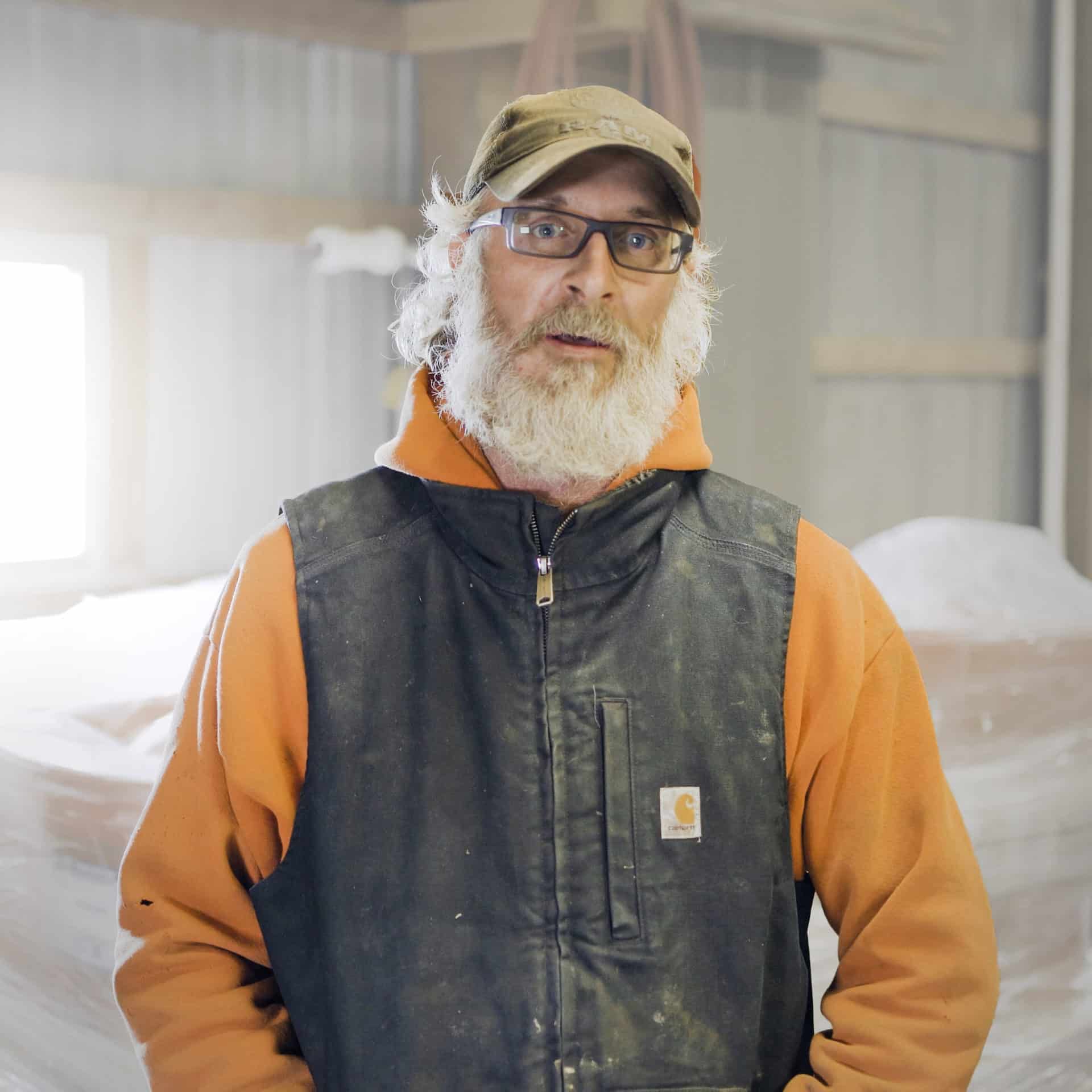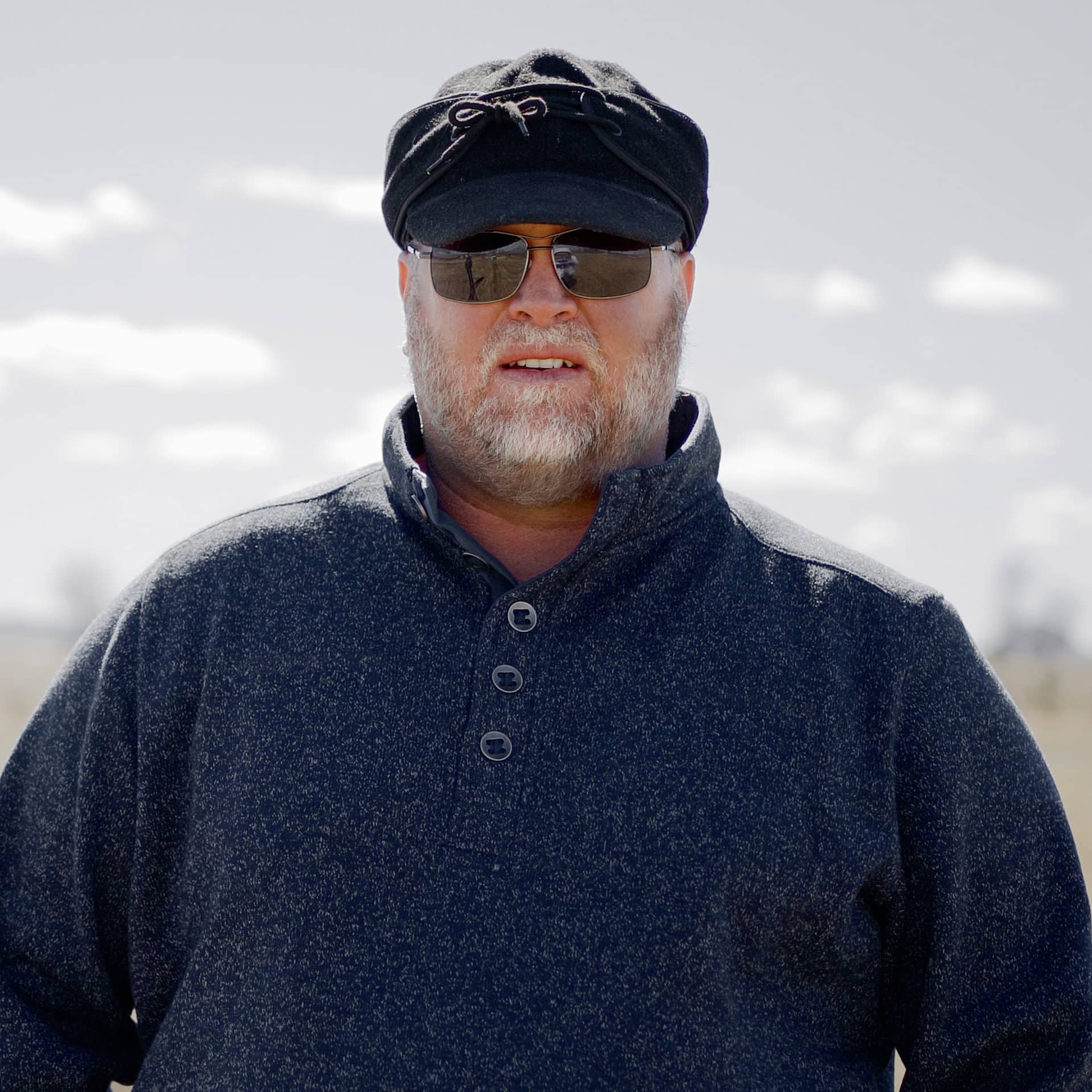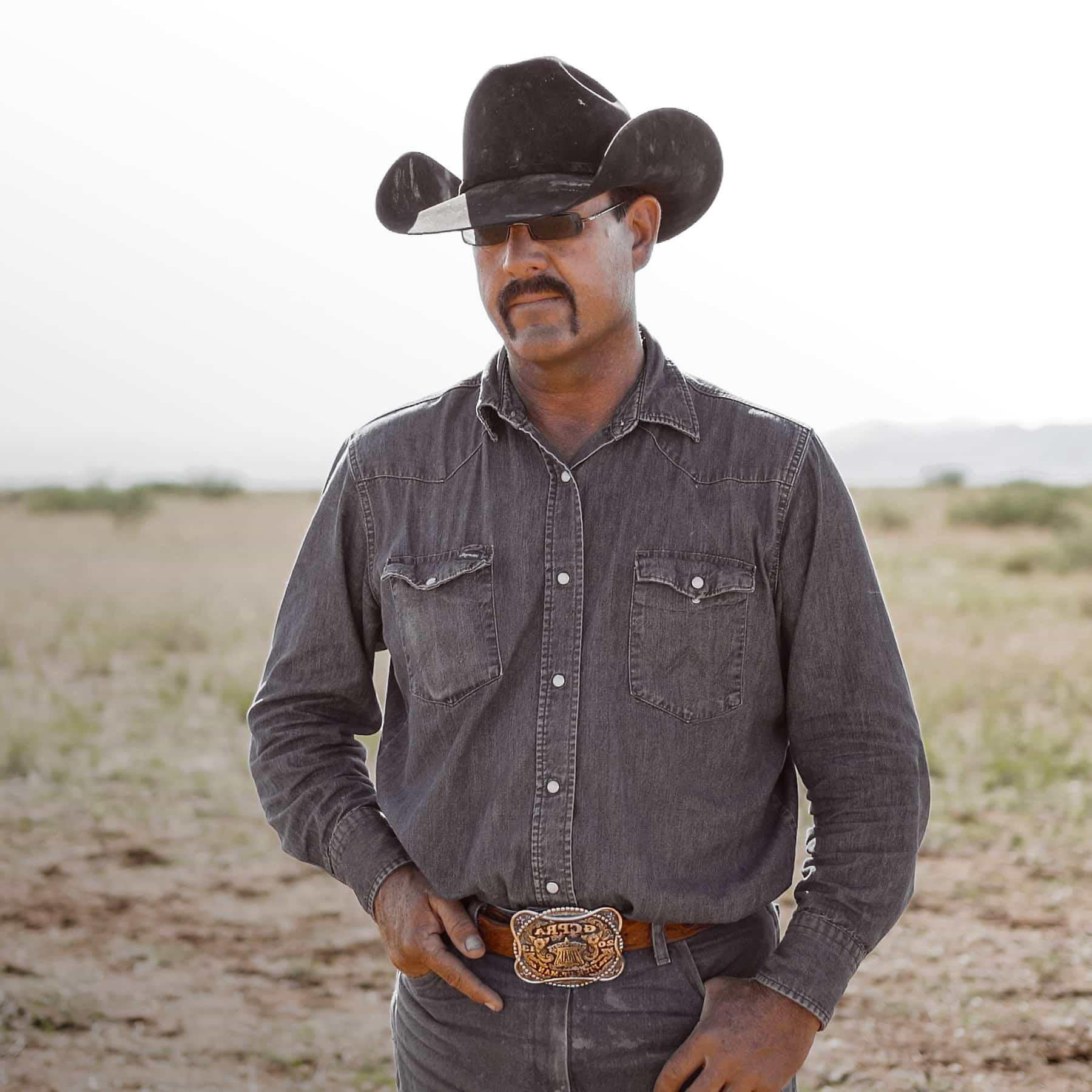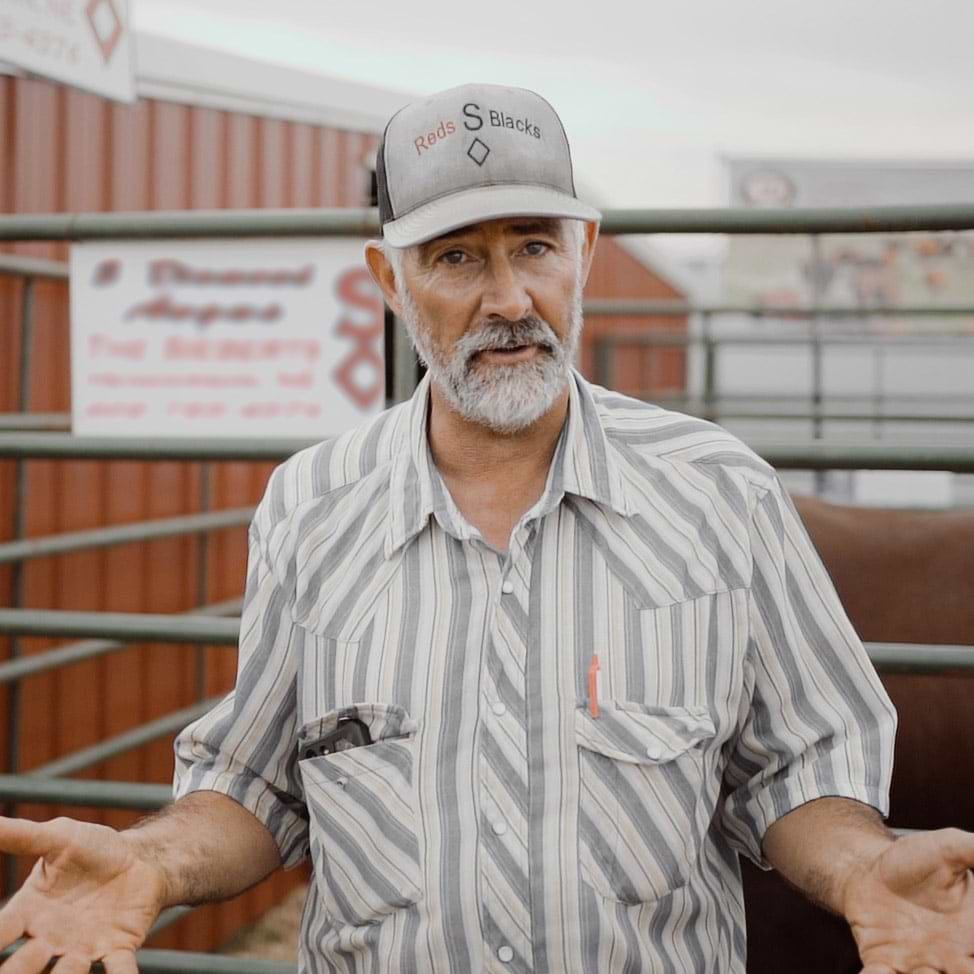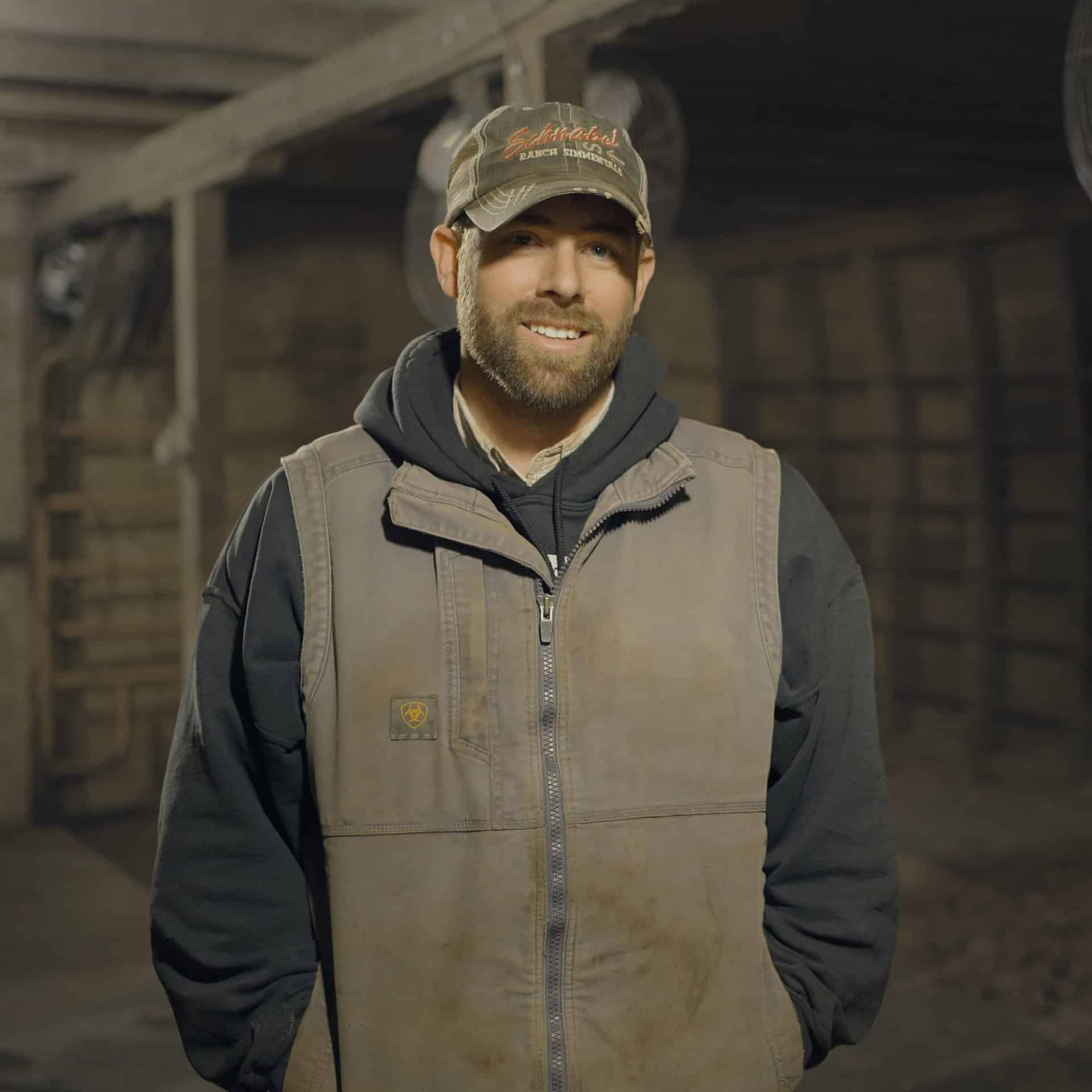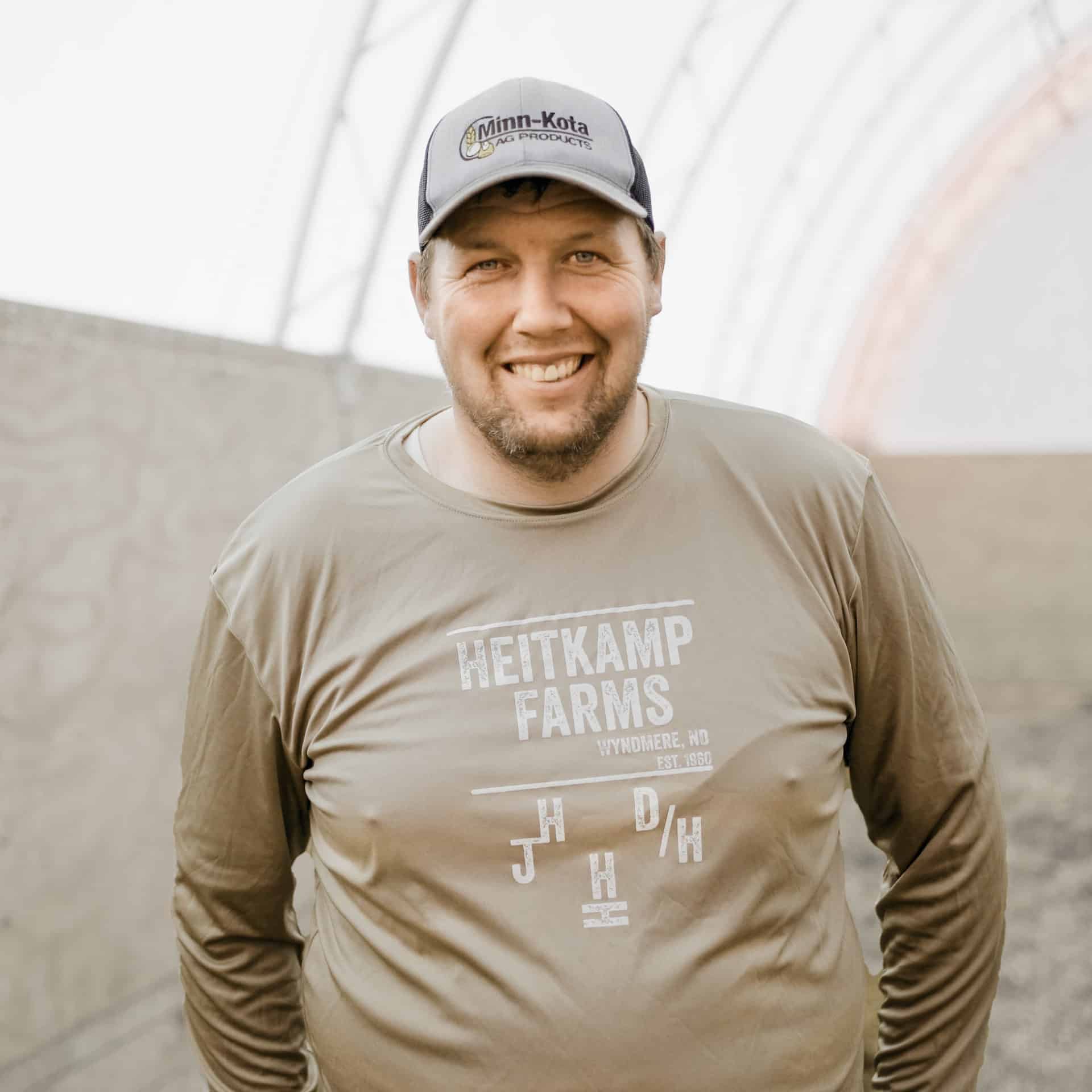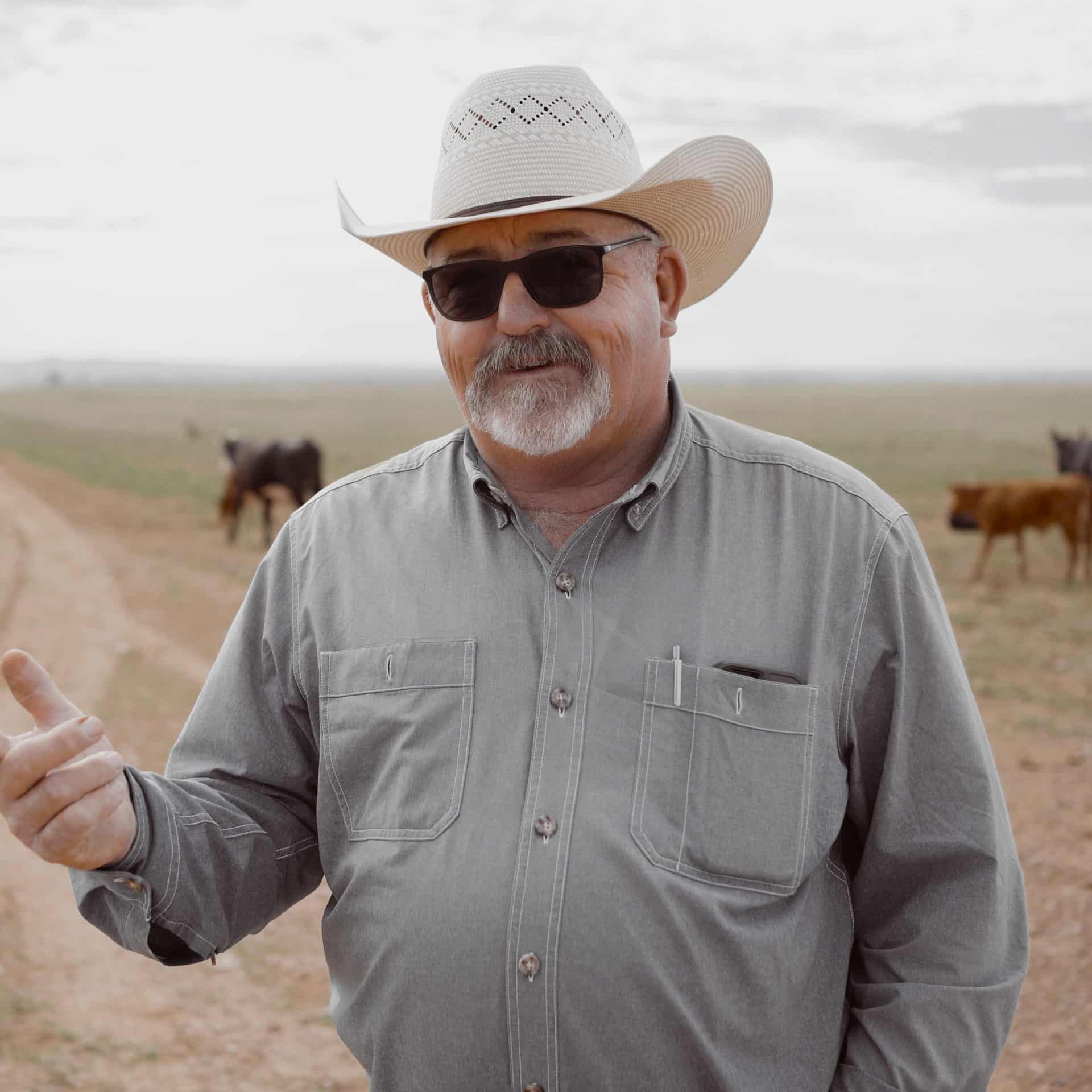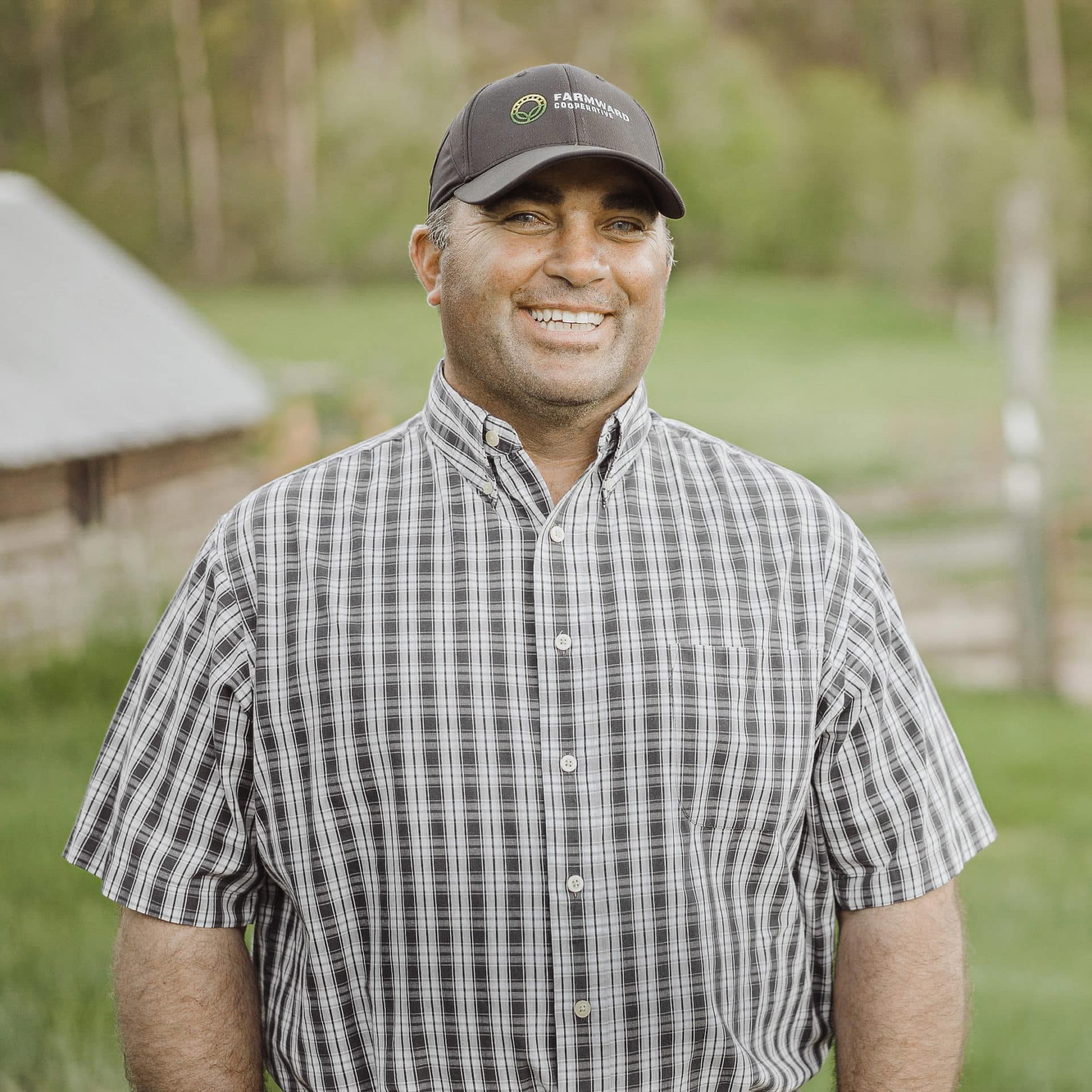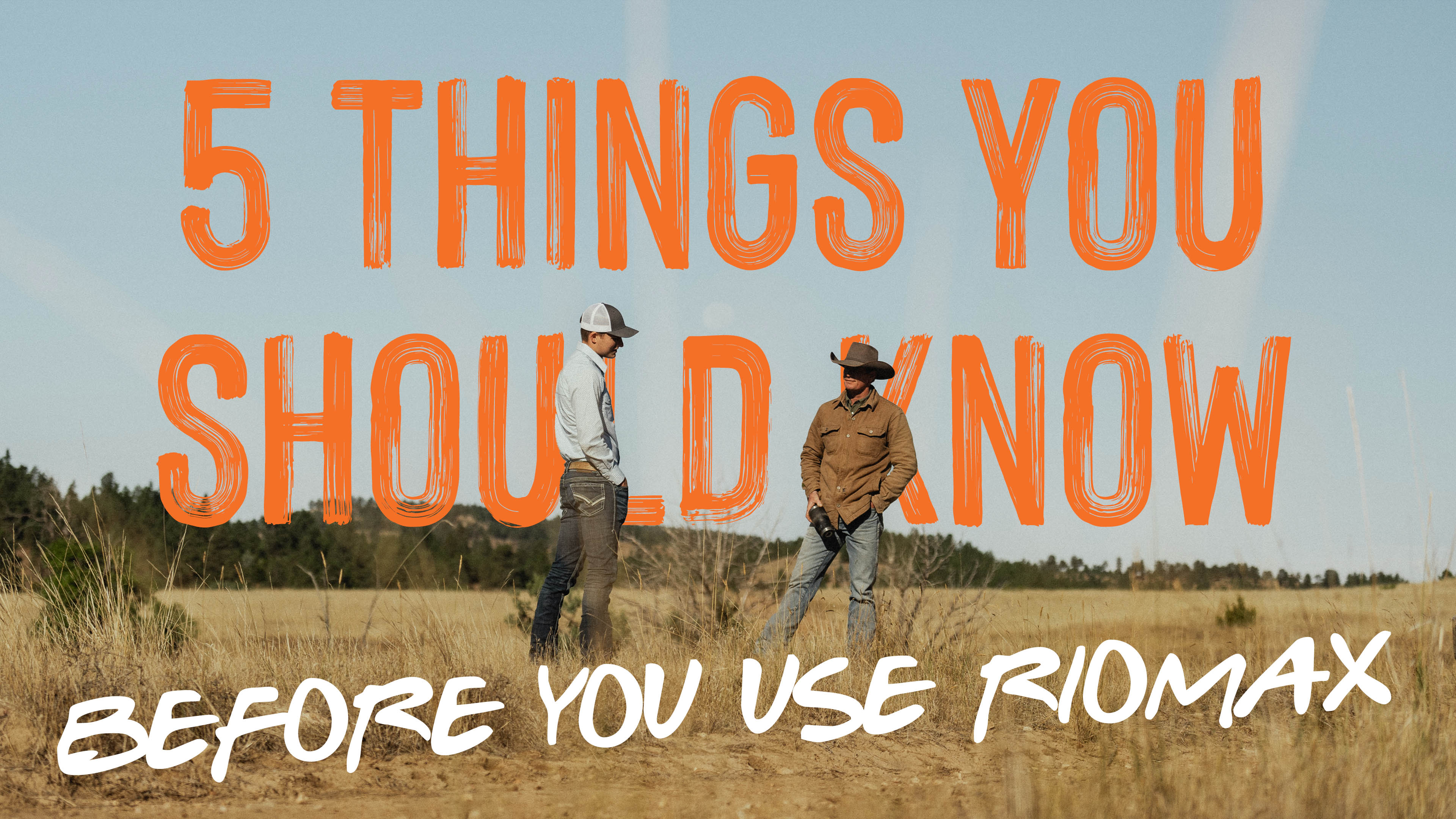Last updated on August 6th, 2025 at 02:41 pm
CLICK ON HEADINGS TO JUMP DIRECTLY TO THEM ↓

The O ro Way: Hard Land, Hardy Cattle, Smart Management
Stewarding land, livestock, and legacy on one of Arizona's most remote outfits.
JED ROARK
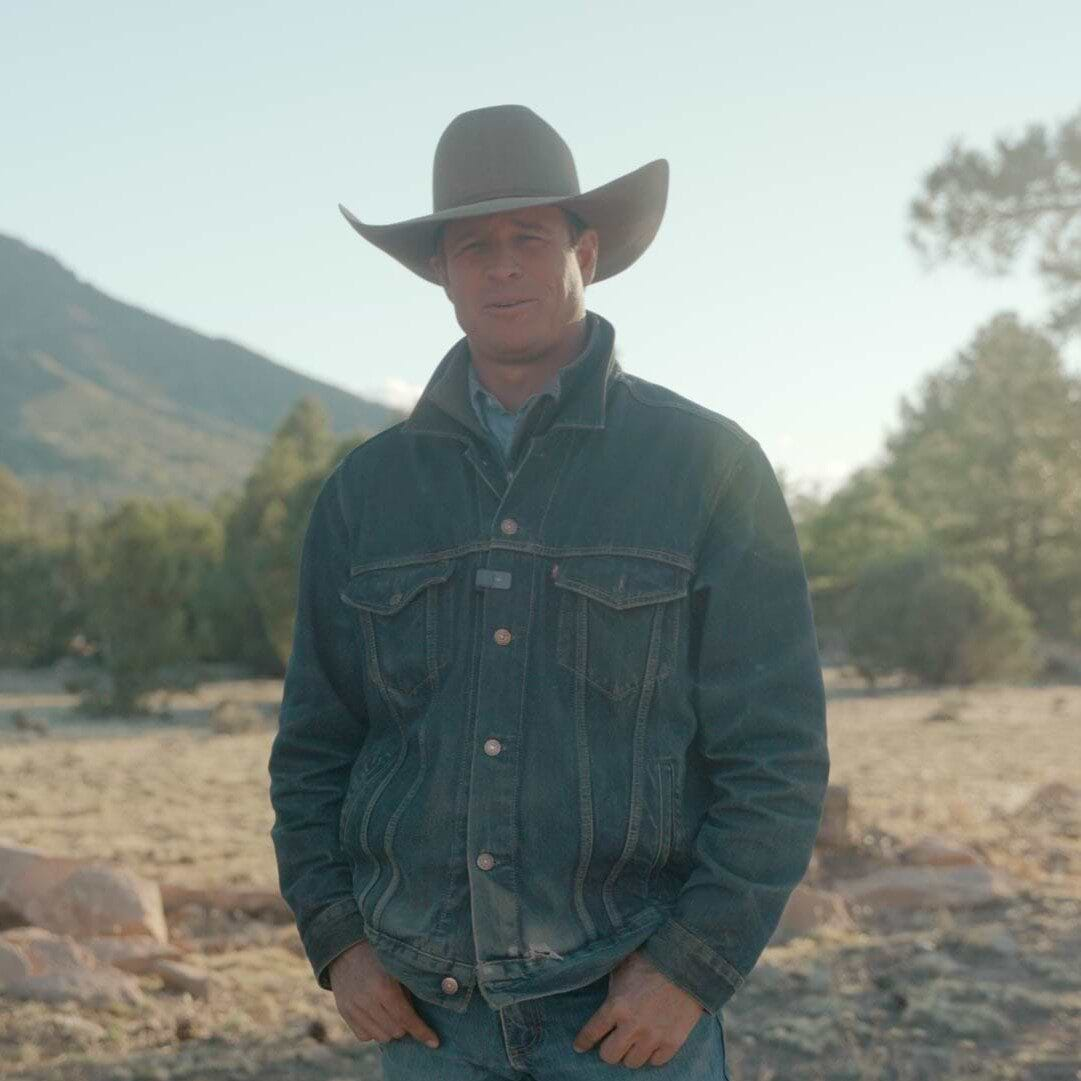
Prescott, Arizona
Tucked away in the remote hills northwest of Prescott, Arizona, The O Ro Ranch isn’t your average cattle outfit. It’s rugged, it’s historic, and it’s run the way it always has been—on horseback, by folks who know the land, respect tradition, and aren’t afraid of hard work.
Jed Roark manages The O Ro Ranch, and he’s the kind of rancher who lets results do the talking. “Came here about seven years ago,” Jed says. “Started out just working horses, worked into the foreman job, and then eventually took over management.”
This isn’t easy country. The O Ro Ranch stretches from 4,000 to 7,500 feet in elevation, with land ranging from juniper scrub to pine-timbered ridges. Roads are sometimes scarce. Feed and water are even scarcer. The ranch runs a cow-calf herd, and horses aren’t a luxury—they’re a necessity.
“You can’t trailer everywhere out here,” Jed says. “You’ve got to camp out, trail cattle for miles, and work the way they used to. That’s why we raise horses—to use ’em.”
Ranching with What Works
Out on the O Ro Ranch, fences are few and pastures are one vast, open stretch. The cattle go where they need to—guided more by water and weather than any man-made boundary. “We kind of place them,” Jed explains. “But if it rains or snows somewhere they don’t normally go, they’ll follow that moisture and work that country.”
Managing cows in country like this means thinking long-term. “We don’t feed through the winter. It’d cost too much—and ruin the cows,” Jed says. Instead, they manage with smart supplementation and well-adapted genetics. “These cattle have to make it on their own. If they can’t, they don’t work here.”
Tradition runs deep on The O Ro Ranch. From the horse program to the cow herd, everything is tied back to practical use. Horses aren’t just for show—they’re tools. Vaccinating and branding is done cowboy-style. “Sometimes you ride all day to brand 100 calves. Sometimes it’s eight,” Jed laughs. “It’s the same effort either way.”
The crew is small and the country is big, which means everything has to work right the first time. “It’s remote. We don’t have refrigeration in a lot of places, so we’re always trying to improve how we handle vaccines and herd health.”
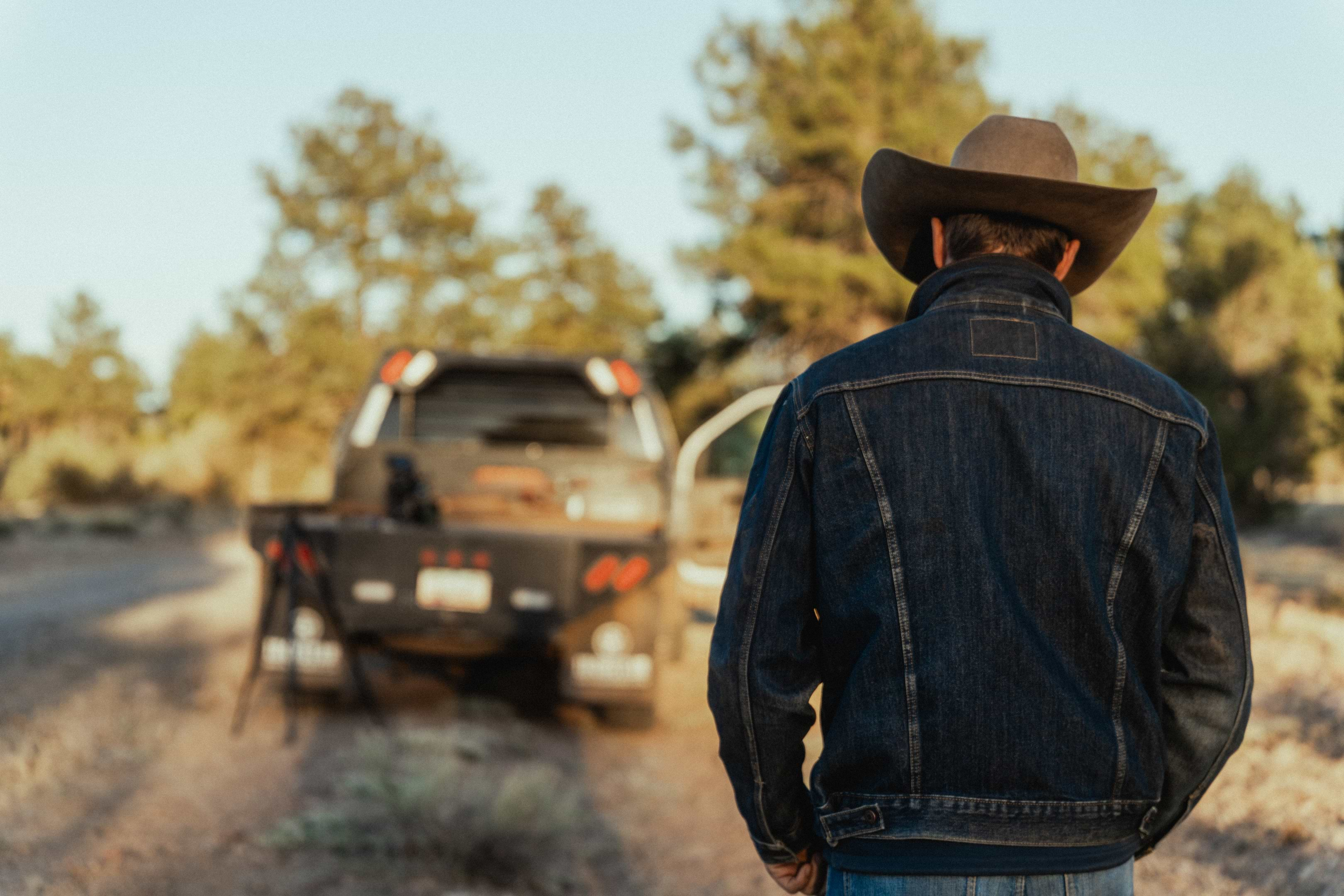
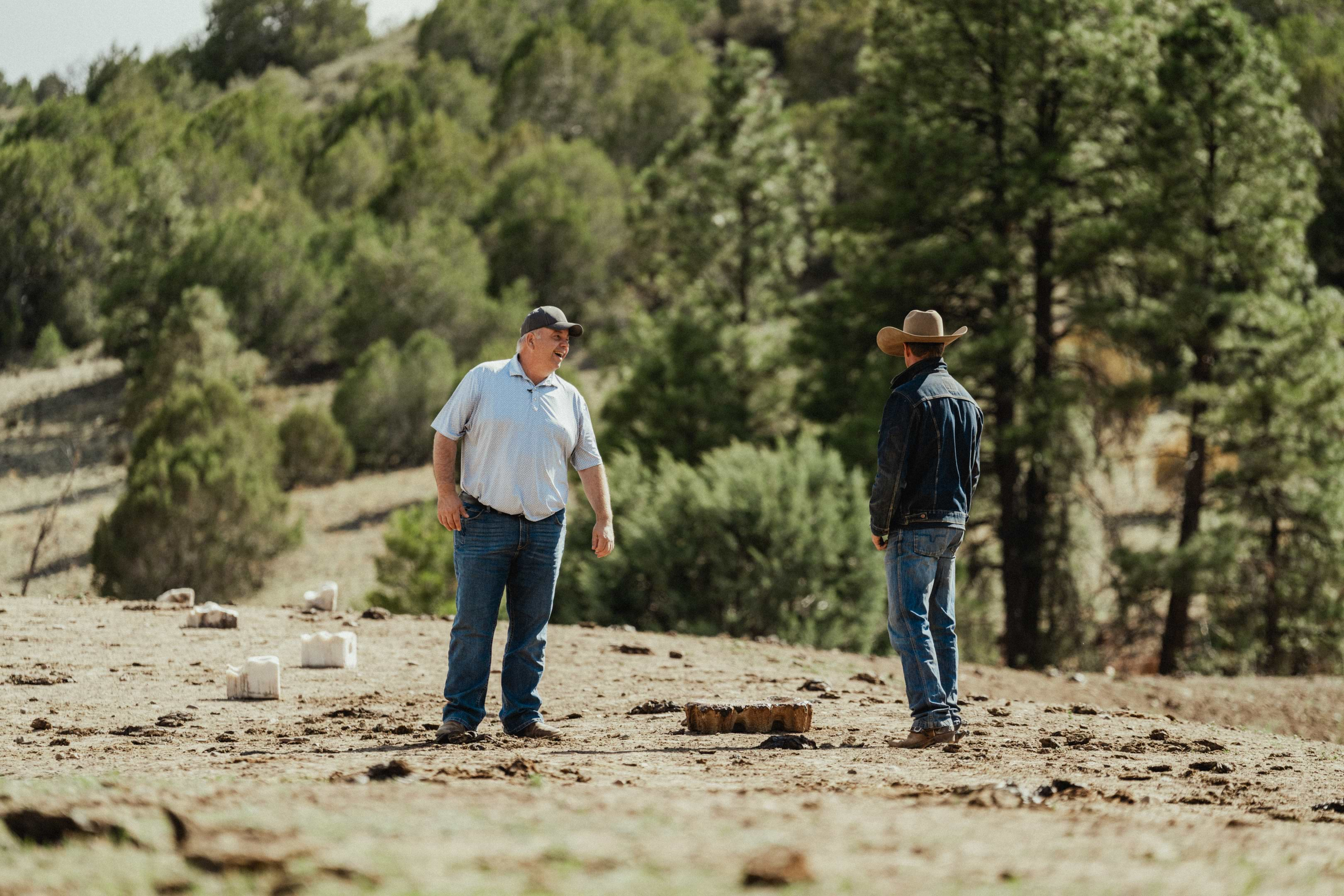
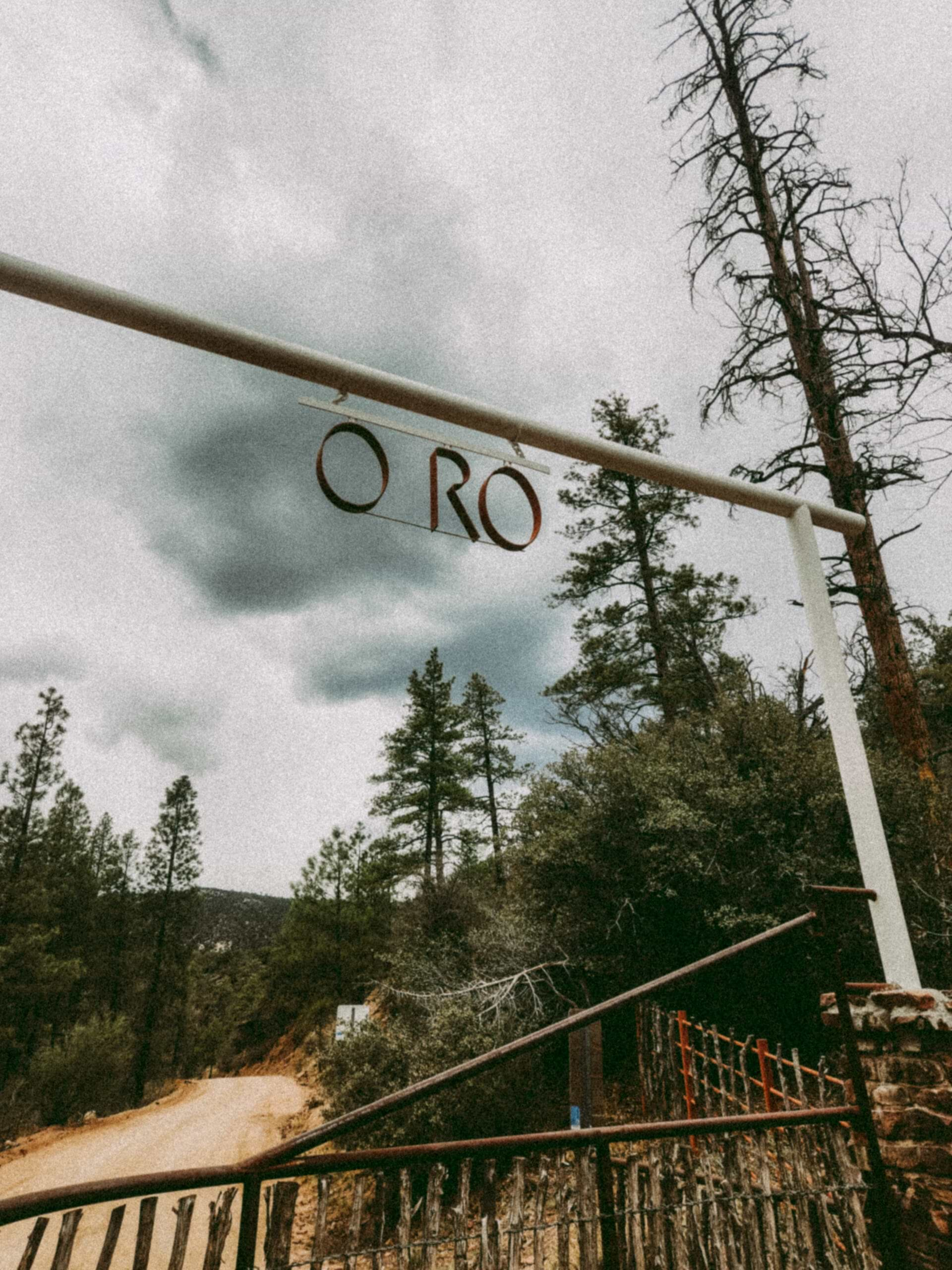
Like most Arizona ranches, the O Ro has seen its fair share of dry years. “When it’s raining, life’s easy,” Jed says with a grin. “But when it’s not, you start looking for ways to help your cows get through it—and still do their job.”
Jed had used Riomax® years ago up in Wyoming. When the time came to look for a better mineral program at O Ro, it wasn’t a hard decision. “We needed something low-consumption, low-maintenance, and something the cows would actually use. Riomax fit.”
The biodegradable 60 lb bricks and 125 lb tubs turned out to be ideal. “No plastic. That’s huge out here. Wind blows, terrain’s rough—plastic tubs are a mess. These biodegradable ones? You don’t have to worry about ‘em.”
And the results?
“When we started using Riomax, we were having a decent year—good grass, good moisture. But even then, I noticed the cows were just slicker. Healthier. The calves looked sharp. Then when the grass cured, they started using the tubs more—and it helped them keep condition going into winter.”
Jed isn’t the type to obsess over spreadsheets, but he’s got a solid grasp of what works and what doesn’t.
“We’re not trying to make a bunch of money off a supplement,” he says. “But if your cows are breeding up, raising good calves, and it pays for itself? That’s worth something.”
And it has paid. Even in a tougher year with low rainfall, his herd averaged just 3 oz per head per day—low enough to make it pencil, and effective enough to see the difference.
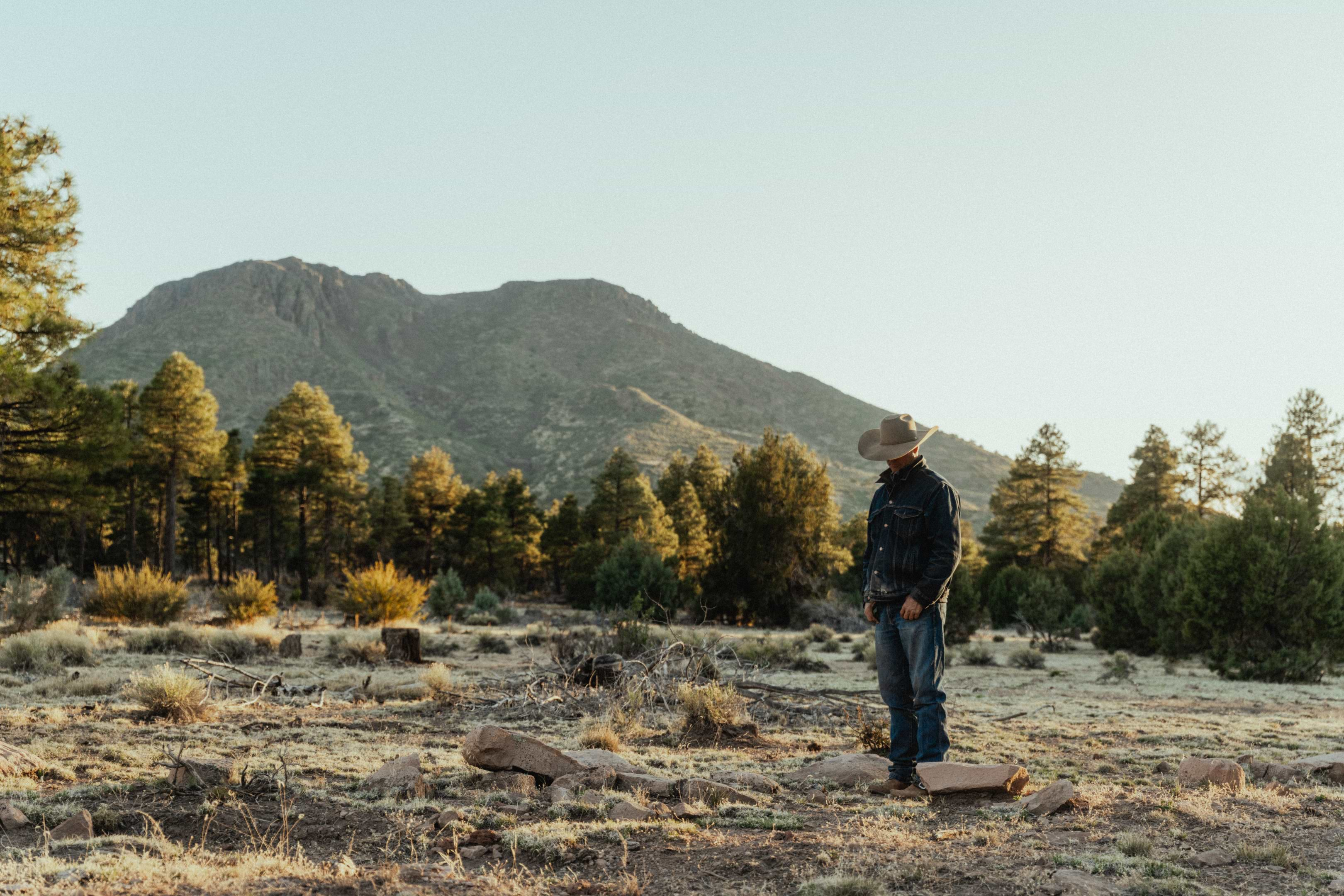
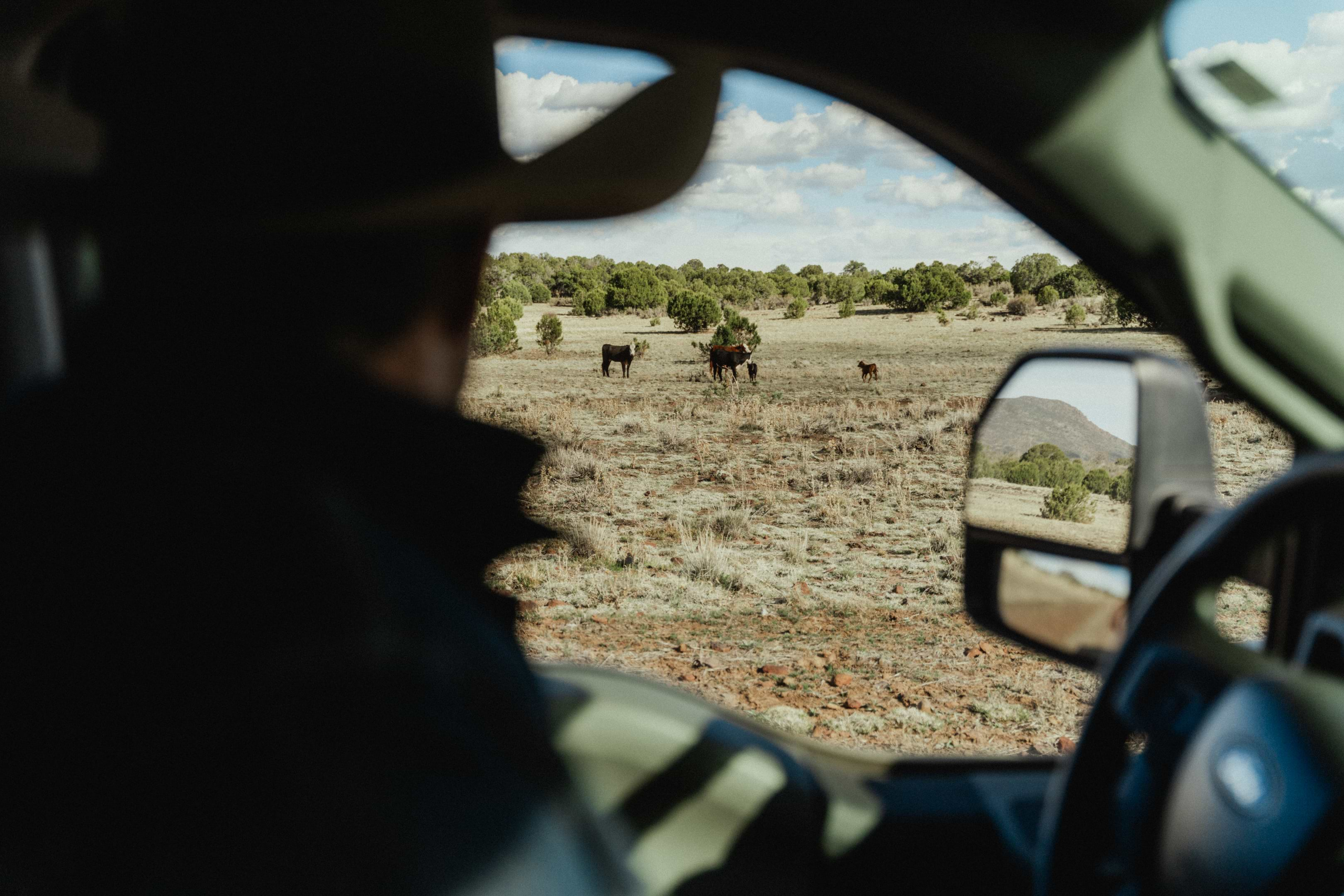
Making Smart Work Even Smarter
“You see it in the calves,” he adds. “They’re already used to it at weaning, so there’s no transition. They stay healthy. They shine.”
At the end of the day, the Oro Ranch runs with a focus on stewardship—of the land, the cattle, the horses, and the people who make it all work. And for Jed, Riomax is part of that picture.
“It gives ‘em that extra help, without a bunch of extra labor,” Jed says. “Out here, that means something.”
They may be many miles from town, but that hasn’t kept The O Ro Ranch stuck in the past. “We’re getting more modern in how we manage,” Jed says. “The ranching hasn’t changed, but how we support the herd has.”
With its combination of hard land, hardy cattle, and high expectations, The O Ro Ranch is about as authentic as they come—doing more with less and letting the cattle prove what works.
How this purebred operation transformed their breed up rates.
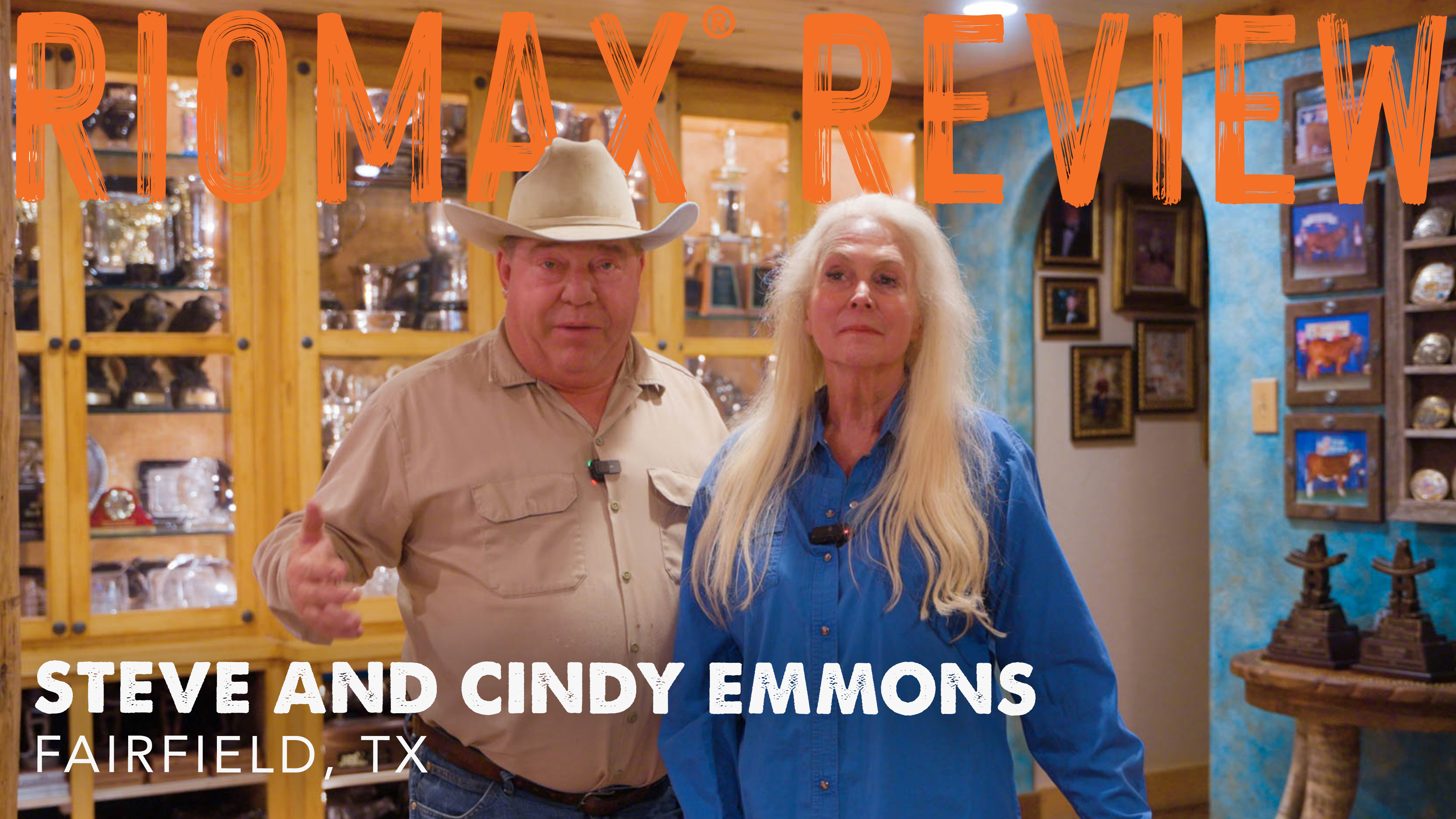
Check out our #1 bestselling tub!



